Thrill me!
Today, no one would call Coney Island a place of grandeur.
Yet, for decades, it was.
In the late 1800s, wealthy New York City residents rode carriages over roads paved with crushed shells to get there.
Later, they would come by steamship or train, a mere two-hour trip from the heart of the city.
At Coney Island, city residents could indulge in something new: saltwater bathing at the beach in modest woolen swimsuits.
And they could see unbelievable sights.
Families stayed at high-class hotels in Manhattan Beach, on the east end of the island.
Three racetracks brought in well-heeled gamblers.
And three large amusement parks offered odd attractions, hair-raising thrill rides and spectacular shows.
Harry Houdini played there.
So did Buffalo Bill and his Wild West Show.
See a real live Eskimo!
Take a death-defying roller-coaster ride!
Relax in a thirty-one-room hotel built in the shape of an elephant!
And a must-see for everyone: Henry Pain’s firework spectacles staged in his twelve thousand seat outdoor stadium.
In his thirty years on Coney Island, Henry Pain, an English chemist from a London fireworks company, astonished millions.
Pain’s customers found their stadium seats under electric lights and, as they sat down, they faced a large, man-made lagoon.
A band played at the edge of the water.
On the other side of the lagoon stood a six-hundred-foot stage with ramps on the sides and back to bring as many as two thousand actors, dancers and choral singers onto the stage.
As the seating lights dimmed, stage lights revealed enormous stage sets and props; and hundreds of actors entered to reenact a historical event as colored powders burned, and rockets flared.
Most say Pain’s spectacle, The Last Days of Pompeii, was his finest.
He transformed the lagoon into the Bay of Naples with Mount Vesuvius standing ominously in the background.
Stage lights illuminated a recreation of the ancient city of Pompeii.
Then, five hundred actors portraying Pompeii’s residents would take the stage. Children played. Women shopped and gossiped. Men conducted business.
One hundred ballet dancers enter, reenacting a religious procession, as a large chorus sings.
Clowns, jugglers and acrobats follow the procession, and the people of Pompeii are happy.
But then, a wisp of smoke billows from Vesuvius’s peak.
Then, more smoke, and a loud roar.
The villagers rush to a corner of the stage as Vesuvius erupts in flames.
Lava spews down the mountain into the city and panicked villagers run to the Bay of Naples, climbing into boats to make their escape.
And as the entire city of Pompeii burns, aerial fireworks light up the night sky in a brilliant cataclysm.
The show was the talk of the town.
And every year, from 1879 until 1910, Pain staged another historical extravaganza: The Great Fire of London; The Siege of Vicksburg; The Battle of San Juan Hill (which Theodore Roosevelt came to see); The Burning of Rome.
Pain gave these people what they wanted.
He astonished them.
******************************
I’ll see you tomorrow.
— Brenda





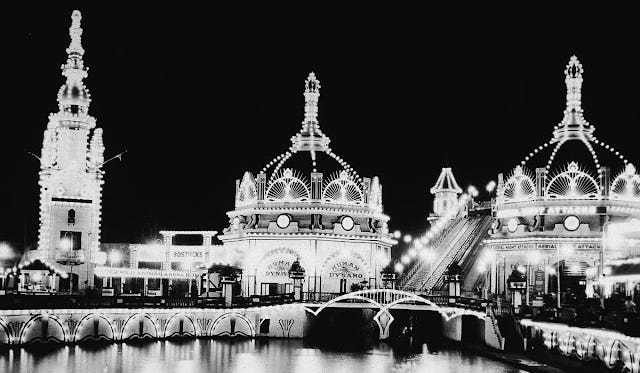
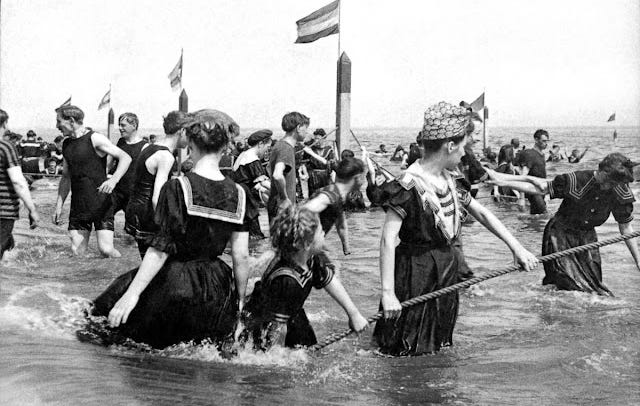

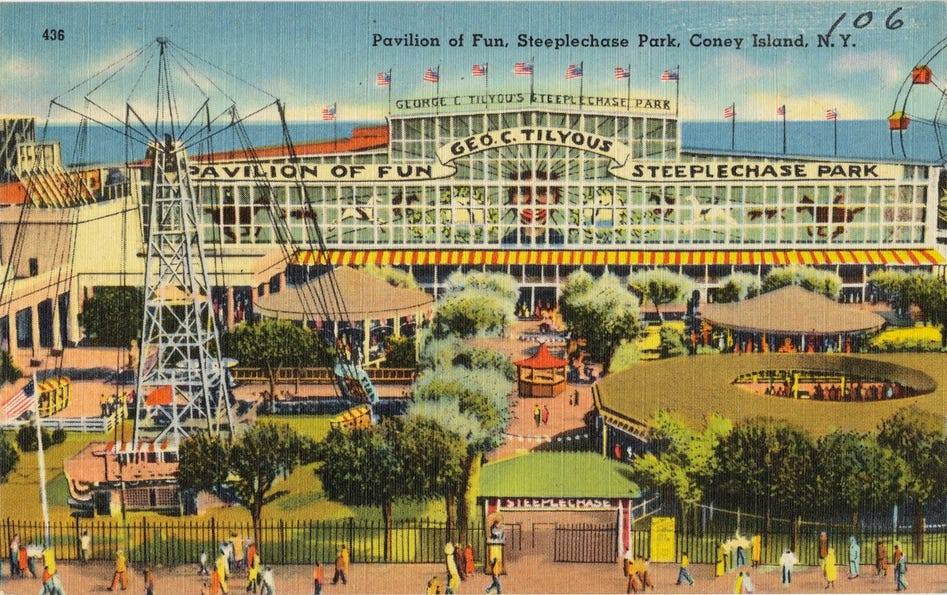
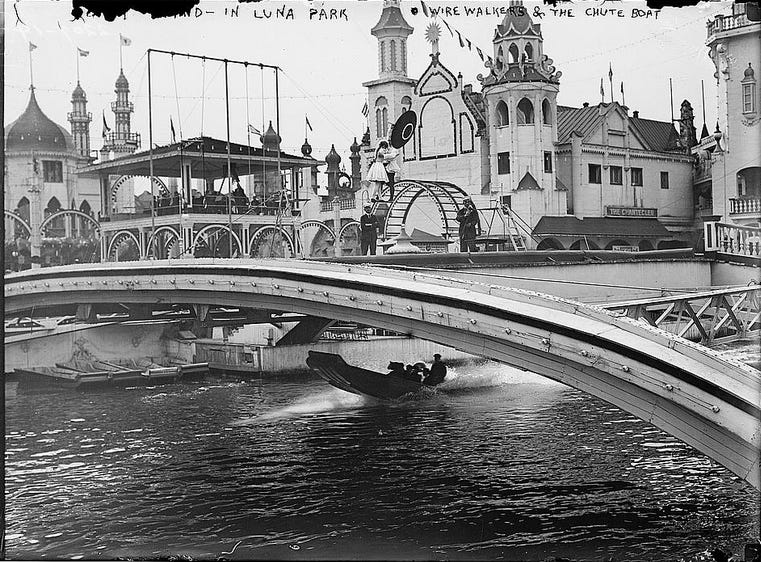
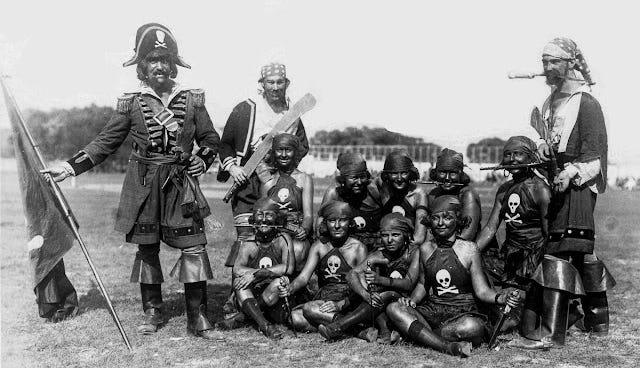
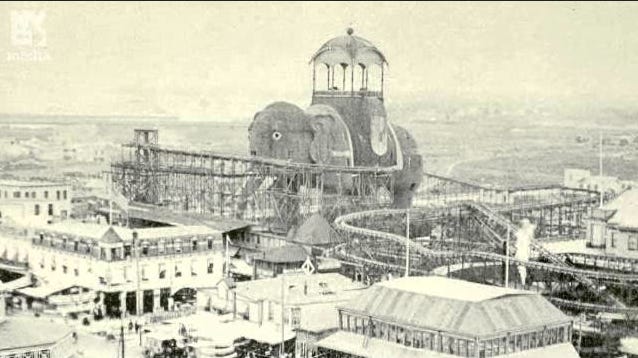
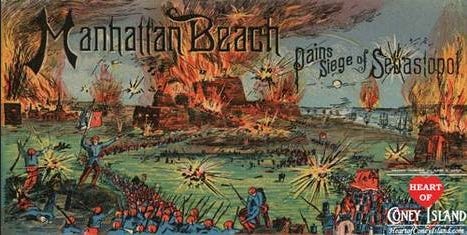

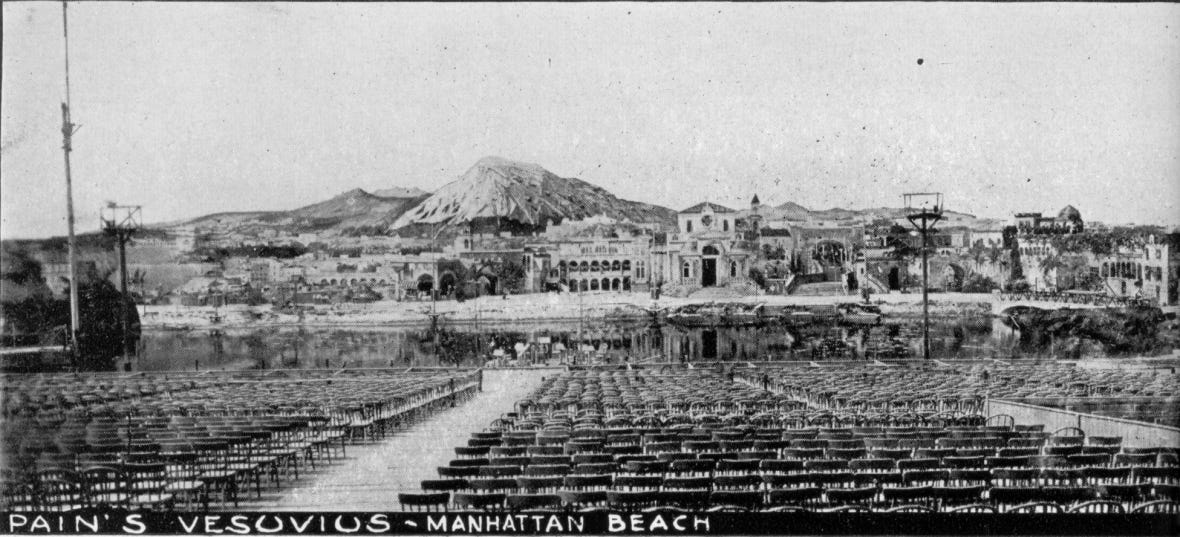





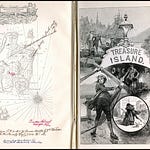
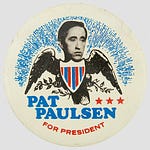
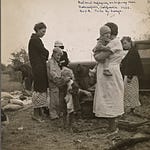

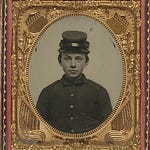
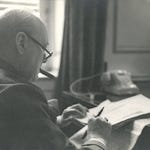
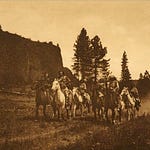
Photo of the Day